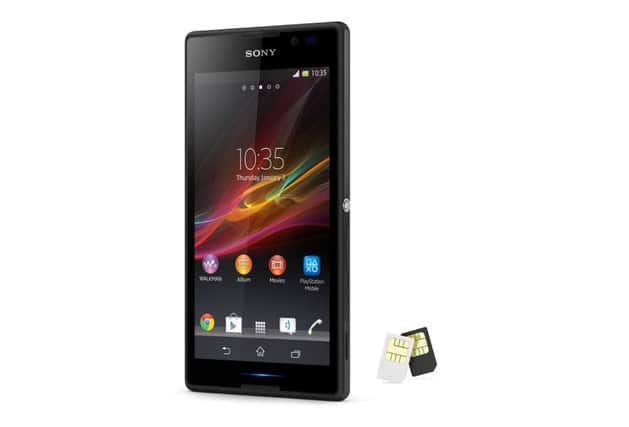Why two SIMs are better than one - and can save you money


The SIM card is the thumbnail-sized chip that connects you to your mobile operator. Every phone has one, but some now boast two.
Think of a dual-SIM handset as two phones in one. It can save you the bother of carrying around separate mobiles for work and personal use, and more importantly it can save you money.
Advertisement
Hide AdAdvertisement
Hide AdThis second advantage, unfortunately, runs contrary to the business models of the big phone operators, who would like you to spend money, not save it. And since they control the distribution of most mobiles in the UK, they have stuck rigidly to the one-SIM-per-phone principle.
But the increasing availability of unlocked phones from independent suppliers like Amazon is changing this
You are no longer tied to a single network, with its patchy coverage and hard-to-understand tariff.
Two SIMs mean your phone has two numbers on different networks – each with its own set of contacts. You can be reached on either number, and when you call or text back, you choose which one to send from. If someone calls your second number while you’re talking on your first, they’ll get an engaged tone.
Advertisement
Hide AdAdvertisement
Hide AdTypically, your two numbers might be your work and personal ones; but you can also use the second SIM to get better calling rates when travelling abroad, or more reliable coverage in “fringe” areas.
The disadvantage is that you need two contracts – but neither need be the restrictive type that binds you for two years or more.
In fact, since you will have bought your phone outright, you’ll be able to shop around for the best SIM-only deal – and either or both your cards can be pay-as-you-go.
Your own ideal tariff will depend on how many calls and texts you get through, and how long you spend online – but for many users, a simple £8-a-month (or less) rolling contract from Asda, Giffgaff, Virgin or People’s Operator, will be adequate. As ever, charges can be prescriptive if you exceed your quota – but you can avoid such an eventuality by simply switching to your second SIM.
Advertisement
Hide AdAdvertisement
Hide AdYou won’t find many dual-SIM phones at the big high street chains, and none at all at branches of Vodafone, O2 or EE, all of whom would prefer you to use a handset locked to their own networks. But independent retailers have plenty, though the models officially available in the UK are largely from Chinese manufacturers you’ve never heard of. Xiaomi or Bluboo ring any bells? Nor with me.
Those handsets are not necessarily to be avoided, but a quick online search will yield dual-SIM versions of more reassuringly familiar models: the Samsung Galaxy S4 Mini and Sony Xperia Z3, among others, on sites that will happily dispatch to Britain.
The reason they’re offshore is down to simple supply and demand – dual-SIMs are more popular in emerging markets where the networks wield less weight.
Here, though, is a case where the new online economy lets the customer redress the balance.